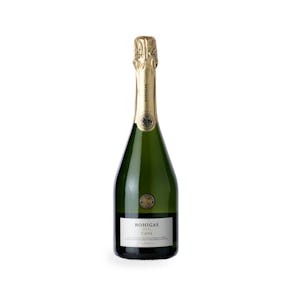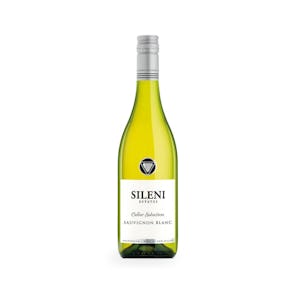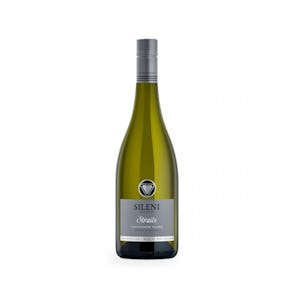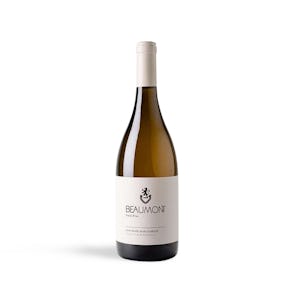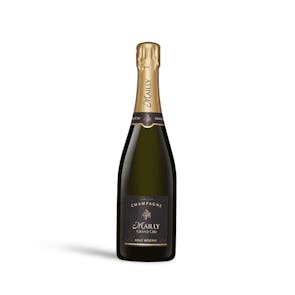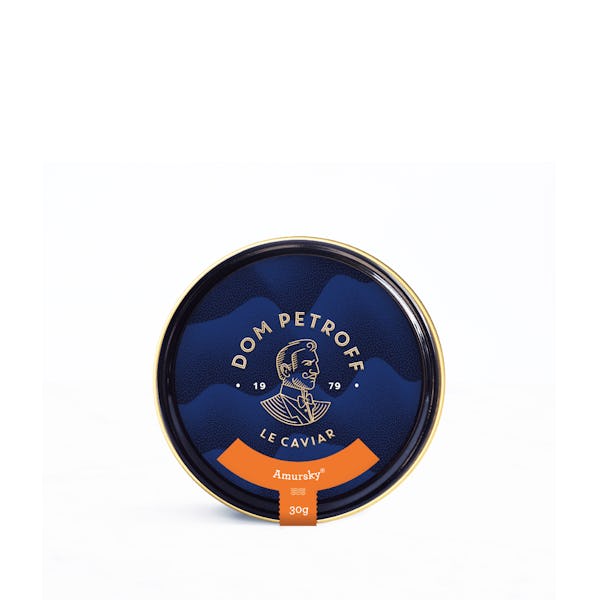

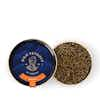
TASTING NOTES FROM THE CURATOR
This glistening, large-grained caviar has a strikingly smooth but mild taste and exceptional creamy texture that creates a satisfying “pop” in the mouth. It balances between butter-nutty and fruity, with minimal salt content between 3 and 3.5 percent. The individual pearls are large and range from dark olive to warm golden brown in color. It shares many similarities to the sought-after Russian Ossetra caviar.
PREPARATION OR PAIRINGS
Although caviar is best served by itself, it is generally accompanied by crème fraîche, lemon wedges, crumbled hard-boiled egg, mini potatoes, minced onions, toast points, or the inimitable Russian blini. You can have your caviar with shots of vodka, coups of Champagne, or glasses of dry or mildly sweet white wine like Riesling or Chenin Blanc. We recommend trying it with a sake, too, like our Kitaya Kansansui Junmai Dai-Ginjo Sake.
A VARIETY OF NAMES
The Amur sturgeon (Acipenser schrenckii) is sometimes called the Japanese sturgeon, though it has not been confirmed whether this ancient species was ever found in the Sea of Japan. This sturgeon was overfished in its native environment between Russia and northeastern China, all the way to the Strait of Tratary and from there to the Pacific. Only sustainable aquaculture farms in China at the start of the 21st century saved this fish from extinction—and it is now one of that country’s leading exports.
Storage Instructions
Keep your unopened tin of caviar refrigerated at a chilly -1 to 4°C for up to 4 weeks. Take it out of the fridge 10 to 15 minutes before serving. If you’re setting it out for a long cocktail party or dinner service, leave it in the original tin, nestled in a bowl of crushed ice to keep it cool. An open tin of caviar must be consumed within 2 to 3 days.


